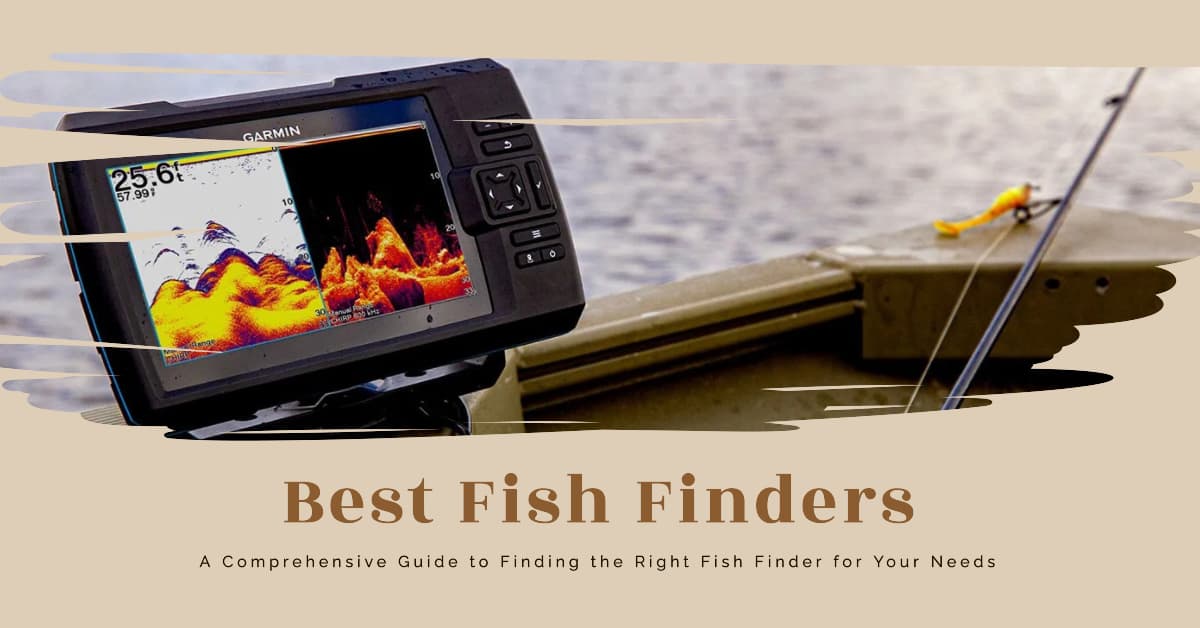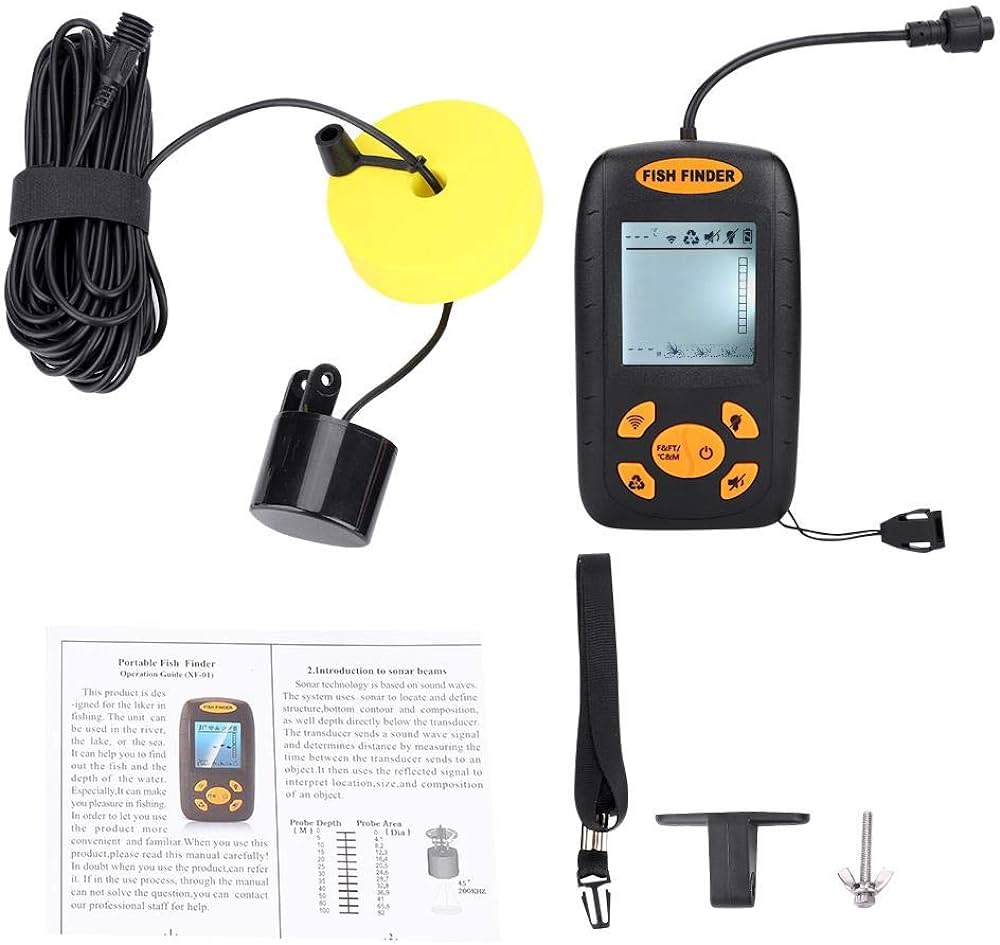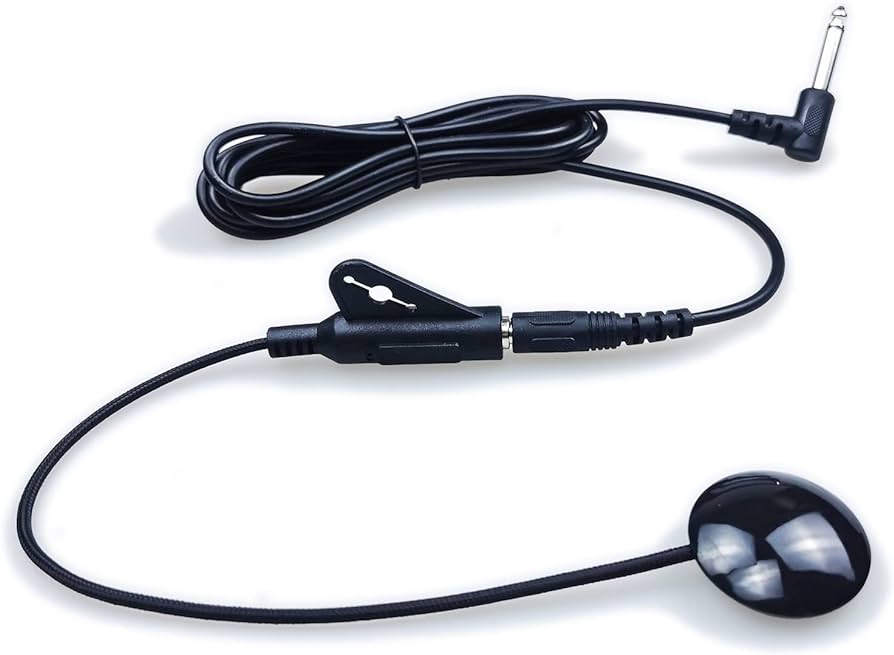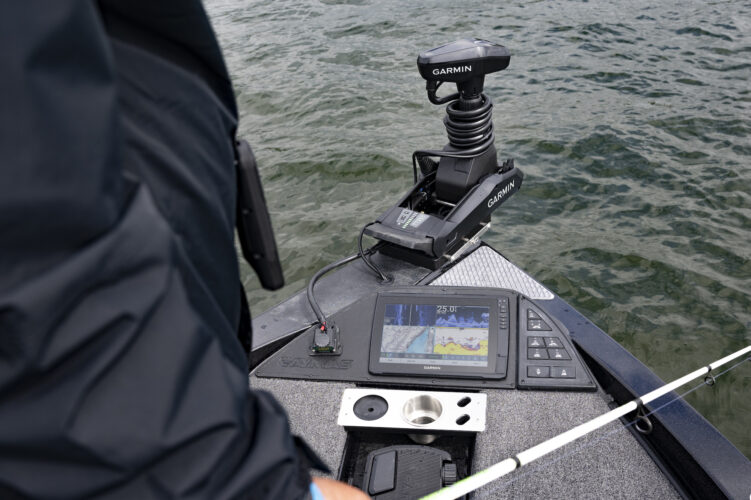The ideal placement for a fish finder transducer is on the transom or hull of the boat. The transducer should be mounted in a location that allows for optimal sonar signal transmission and minimal interference.
Finding fish is a crucial aspect of any fishing expedition, and a fish finder transducer plays a vital role in this process. However, to ensure accurate readings and maximize the efficiency of your fish finder, it is important to find the ideal placement for the transducer.
This SEO-friendly guide will provide you with expert insights on where to mount your fish finder transducer, allowing you to make the most out of your fishing experience. By adhering to proper placement guidelines, you can obtain clear sonar signals without any interference, ultimately enhancing your chances of locating and catching more fish. So, let’s dive in and discover the optimal location for your fish finder transducer on your boat.
Understanding Transducers
Transducers are an essential component of fish finders, responsible for transmitting and receiving sonar signals. Understanding their definition is crucial. Transducers are devices that convert one form of energy into another. When it comes to fish finder transducer placement, the importance of optimal positioning cannot be overstated.
Proper placement ensures the best performance from your fish finder. By avoiding common mistakes, such as mounting the transducer too close to the engine or in turbulent water, you can minimize interference and maximize the accuracy of the sonar readings.
Additionally, mounting the transducer in an area with a clear and uninterrupted view of the water below will provide the best results. To achieve optimal performance, take the time to understand the characteristics of your transducer and consider its placement carefully.
Transducer Mounting Options
Transducer placement for fish finders offers various mounting options, including transom mounting, trolling motor mounting, and thru-hull mounting. The transom mounting option involves attaching the transducer to the boat’s transom, or back, providing a stable and easily adjustable position. Trolling motor mounting, on the other hand, involves mounting the transducer to the trolling motor shaft, allowing for precise and mobile fish detection.
Thru-hull mounting involves installing the transducer through the hull of the boat, ensuring maximum accuracy and minimal interference. Each option has its advantages, so it’s crucial to consider factors such as boat type, fishing style, and personal preferences when deciding on the ideal installation method.
Proper transducer placement is vital for obtaining accurate and detailed fish-finding results, enhancing the overall fishing experience. Experimentation and consultation with experts can help determine the optimal transducer mounting option for your specific needs.
Factors To Consider For Transducer Placement
When it comes to positioning the fish finder transducer, there are several factors to consider. First, take into account the hull material and shape of your boat. This will affect the transducer’s performance and accuracy. Secondly, consider the water conditions you will be fishing in.
Different transducers work better in certain water types, such as freshwater or saltwater. The depth range you plan to fish in is also crucial. Transducers have different frequencies that work better in shallow or deep waters. Lastly, take into consideration the speed at which you will be traveling in your boat.
Higher boat speeds may require a more streamlined transducer placement to avoid interference and maintain accurate readings. Overall, it is important to carefully consider these factors to ensure optimal transducer placement for the best fishing experience.

Credit: maritimepage.com
Transducer Placement Techniques
Transducer placement is crucial for optimal fish finder performance. Proper positioning ensures stability and accurate readings. When mounting, consider the transom placement technique, which involves attaching the transducer to the boat’s stern. Trolling motor placement techniques are also effective, placing the transducer near the front for enhanced performance.
Ideal mounting locations depend on the boat’s hull type, so choose wisely. To guarantee stability and top-notch performance, follow the recommended installation steps accurately. Thru-hull placement techniques involve drilling a hole in the boat’s hull and mounting the transducer flush to it.
Pay attention to the different recommendations based on the hull type. By following these guidelines and techniques, you can optimize your fish finder’s functionality and ensure accurate readings while on the water.
Troubleshooting Transducer Placement Issues
Transducer placement issues can disrupt the performance of your fish finder. These common problems can include interference and disturbance, which can lead to inaccurate readings. To solve these issues, make sure to adjust the angle of your transducer. By finding the optimal position and angle, you can improve the quality of your readings and minimize interference.
Remember to avoid placing the transducer near electronics or other potential sources of interference. Taking these steps will ensure that your fish finder works effectively and provides accurate information for a successful fishing experience.
Advanced Transducer Placement Strategies
Fish finder transducer placement is crucial for optimal performance. Advanced strategies include using dual transducers for enhanced accuracy. When it comes to side imaging, proper placement is key. For kayak and small boat applications, consider the size and portability of the transducer.
Carefully positioning the transducer on the vessel can provide clear and detailed images of the underwater environment. By following these guidelines, you can maximize the effectiveness of your fish finder and improve your fishing experience.
Maintenance And Care For Transducers
Proper fish finder transducer placement is crucial for optimal performance and longevity. Maintenance and care are essential to ensure the longevity of your transducer. Regularly cleaning the transducer with a soft cloth and mild detergent can remove any salt or dirt buildup.
It’s important to protect the transducer from damage by avoiding contact with rocks, sand, or other hard objects in the water. Additionally, ensuring the transducer is securely mounted and free from any loose fittings or wires is essential. Regular check-ups are recommended to identify any potential issues or malfunctions early on.
By following these steps, you can maximize the efficiency and lifespan of your fish finder transducer.
Frequently Asked Questions For Fish Finder Transducer Placement
Faq 1: What Is The Optimal Placement For A Fish Finder Transducer?
The optimal placement for a fish finder transducer is typically on the transom, near the centerline of the boat. This position provides the best balance between performance and protection. However, if your boat has a step hull or unusual hull shape, it may require a different placement.
Always refer to your fish finder manufacturer’s instructions for specific guidance.
Faq 2: Can The Fish Finder Transducer Be Installed Inside The Boat?
No, the fish finder transducer should not be installed inside the boat. The transducer needs to be in contact with the water to effectively send and receive sonar signals. Installing it inside the boat will result in poor performance and inaccurate readings.
It’s essential to mount the transducer on the exterior of the boat according to the manufacturer’s recommendations.
Faq 3: Should I Install The Fish Finder Transducer On The Bow Or Stern?
In most cases, it’s recommended to install the fish finder transducer on the stern (back) of the boat. This placement ensures a wider field of view and stability during high-speed movements. Mounting the transducer on the bow (front) may result in interference from the boat’s movement and reduced imaging quality.
However, certain boat designs may necessitate transducer placement on the bow. Always refer to the manufacturer’s guidelines for optimal placement.
Conclusion
Placing your fish finder transducer is crucial for maximizing its performance and ensuring accurate readings of fish and underwater structures. By following the guidelines discussed in this blog post, you can make informed decisions about the ideal location for your transducer.
Remember to consider factors such as your boat’s hull shape, interference from other equipment, and the type of transducer you have. Take the time to carefully install and adjust your transducer, keeping in mind the importance of a level mounting, proper depth, and avoiding air bubbles.
By taking these steps, you can enhance your fishing experience and increase your chances of locating fish more effectively. Experimentation and fine-tuning may be necessary to find the optimal placement for your specific setup. Stay patient, and soon you’ll be reaping the benefits of a well-positioned fish finder transducer.
Happy fishing!





